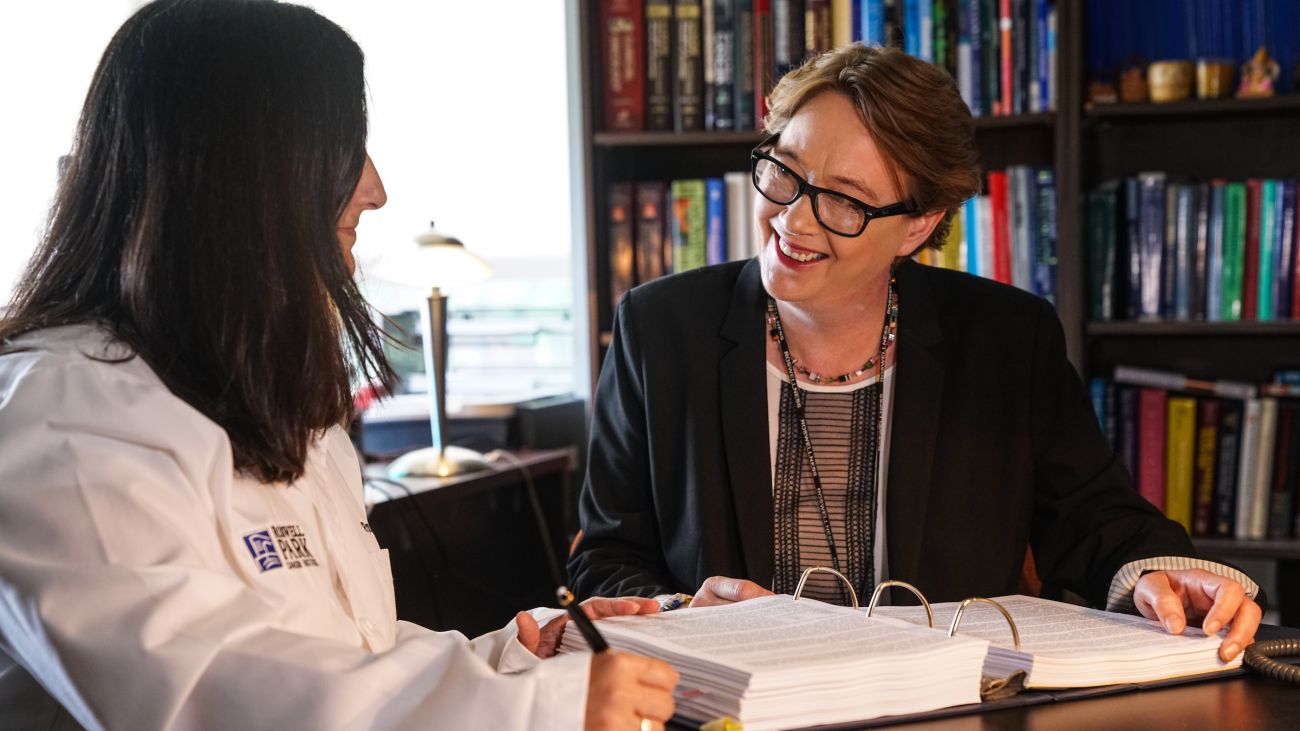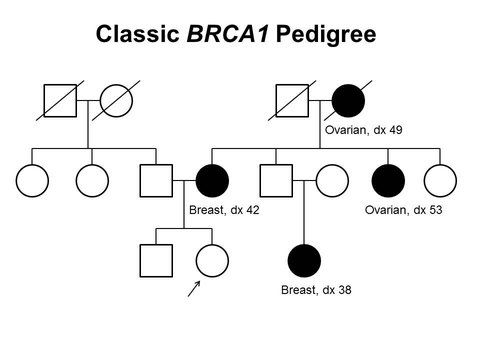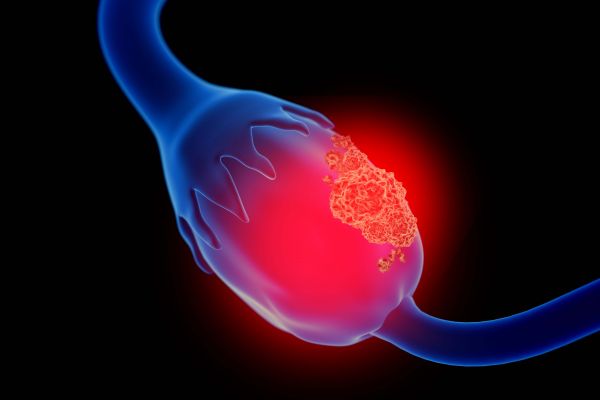Cancer is a common disease that affects almost everyone.
About one out of three people will develop cancer at some point in their lifetime, so chances are that you or someone close to you will be faced with a cancer diagnosis.
Cancer has many possible causes, but sometimes the disease begins with a permanent change in your DNA called a genetic mutation. Although cancer-causing mutations usually happen on their own (for example, through cigarette smoking or exposure to other harmful substances), they can also be inherited from a parent and then passed down to the next generation, meaning that some families are more affected by cancer than others.
Over the past 37 years, the Familial Ovarian Cancer Registry at Roswell Park Comprehensive Cancer Center has collected data from more than 2,600 families heavily affected by ovarian cancer, a rare type of gynecological cancer detected in about 22,000 women each year. The disease is difficult to treat and requires an advanced, aggressive and multidisciplinary approach that includes genetic testing, surgery, radiation, chemotherapy and, more recently, immunotherapy.
Never miss another Cancer Talk blog!
Sign up to receive our monthly Cancer Talk e-newsletter.
Sign up!X Links the Spot
Thanks to the wealth of information provided by this unique registry, my research team was recently able to identify a link between ovarian cancer and testicular cancer. Although rare, testicular cancer is the most common cancer in younger men, with an average age at diagnosis of only 33 years. About 9,000 new cases are found each year, and rates have been rising in recent decades, particularly among white Americans and Europeans.
Our first glimpse at the link between ovarian and testicular cancer came when John Lewis Etter, MPH, a student in the University at Buffalo Medical Scientist Training Program, was working as an intern in the Department of Cancer Prevention and Control at Roswell Park. John spent months looking at ovarian cancer pedigrees, which are diagrams tracing the inheritance of a particular disease across several generations of a family, and noticed that testicular cancer seemed to appear in these families more often than expected, considering the rarity of the disease.
We then searched the Familial Ovarian Cancer Registry and found 34 men with testicular cancer. After crunching the numbers, it became clear that these men were much more likely than men with other types of cancer to have a mother or sister with ovarian cancer. If the female relative with ovarian cancer was a grandmother, she was always on the mother’s side of the family, which suggests that the gene mutation predisposing a man to testicular cancer is located on the X chromosome, as males can only inherit this chromosome from their mother.
One reason this finding is so exciting is that we can now focus on the X chromosome to find the gene mutations that put women at higher risk of ovarian cancer and men at higher risk of testicular cancer. This will not be an easy task, as an estimated 5,000 genes are carried on the X chromosome. However, thanks to the newer, more advanced technologies that have emerged in recent years, we now have the ability to sort through the candidates to not only identify high-risk genes but also predict how an individual will respond to a particular drug or intervention based on his or her genetic profile. In this way, we can target and personalize the treatment of ovarian and testicular cancer, as well as other forms of the disease.
The Familial Ovarian Cancer Registry is the largest registry of its kind and quite possibly the only resource large enough to identify an association between these two types of cancers. If we are able to secure funding for further research, we will conduct follow-up studies to pinpoint the genetic basis of this association between ovarian and testicular cancer. More studies are needed to further explore the link between testicular and ovarian cancers, and our registry provides a unique opportunity to study both cancers and identify gene targets for prevention and therapy, as current approaches to ovarian cancer therapy often fail.
Men with a family history of ovarian cancer are encouraged to talk to their doctors about testicular cancer to learn more about screening and prevention. Those at highest risk of developing testicular cancer are white men between the ages of 15 and 40. You are more likely to develop this type of cancer if you have an abnormal or undescended testicle or a family history of testicular cancer, and our research now adds a family history of ovarian cancer to the list of risk factors. Fortunately, testicular cancer responds very well to treatment, and most men who develop this disease will be cured.
About the Registry
The Familial Ovarian Cancer Registry was established at Roswell Park in 1981 by M. Steven Piver, MD, former chairman of the Department of Gynecologic Oncology, to identify the underlying genetic causes of this disease and find better methods to prevent, detect, and treat ovarian cancer. Generous donations to Roswell Park keep this registry alive. Stay tuned to Cancer Talk for more information about the registry.




